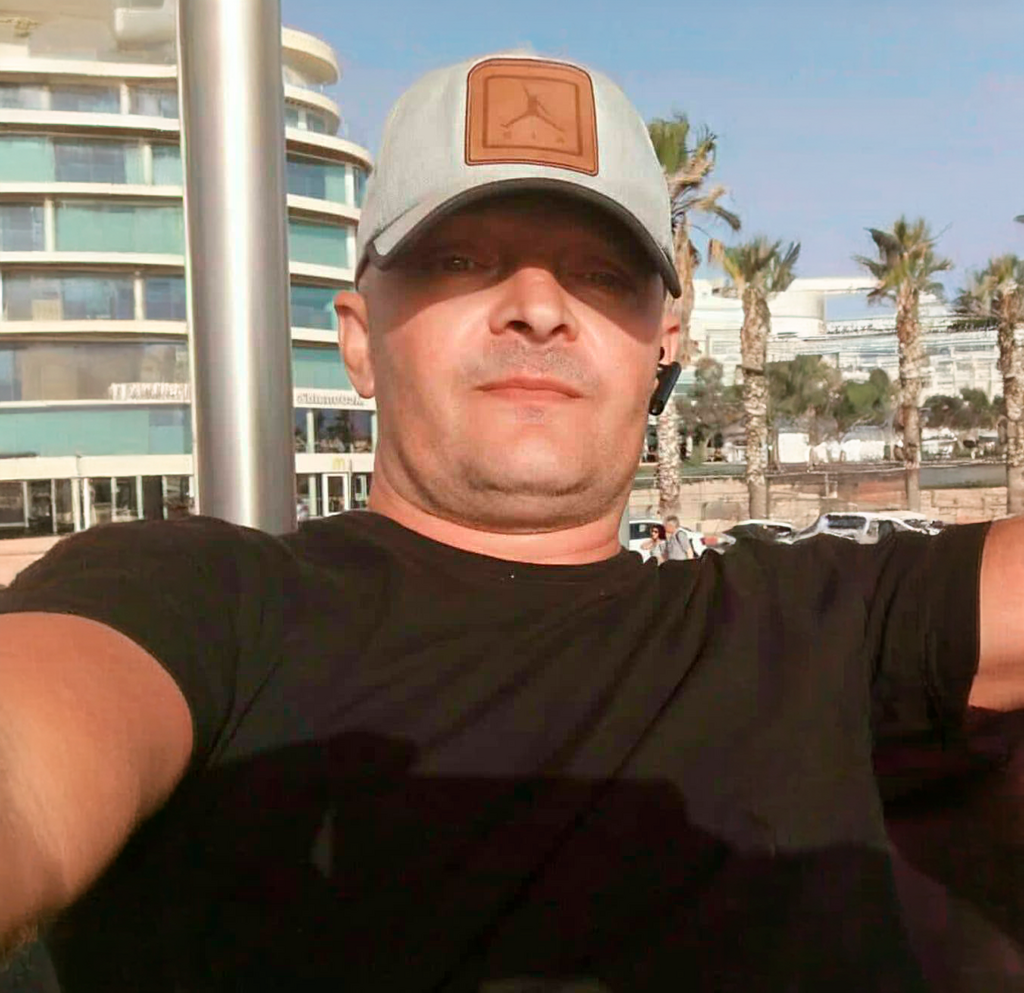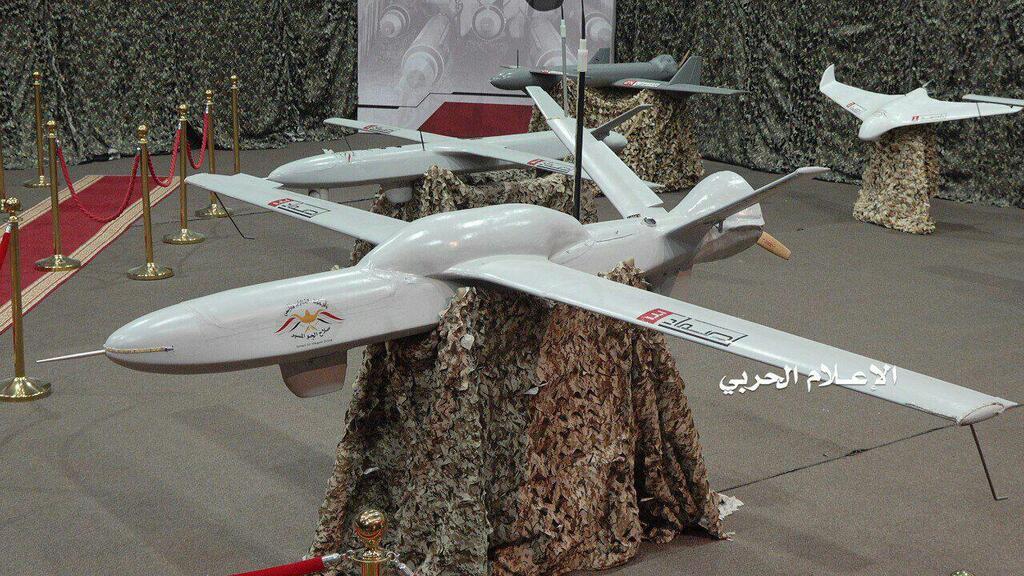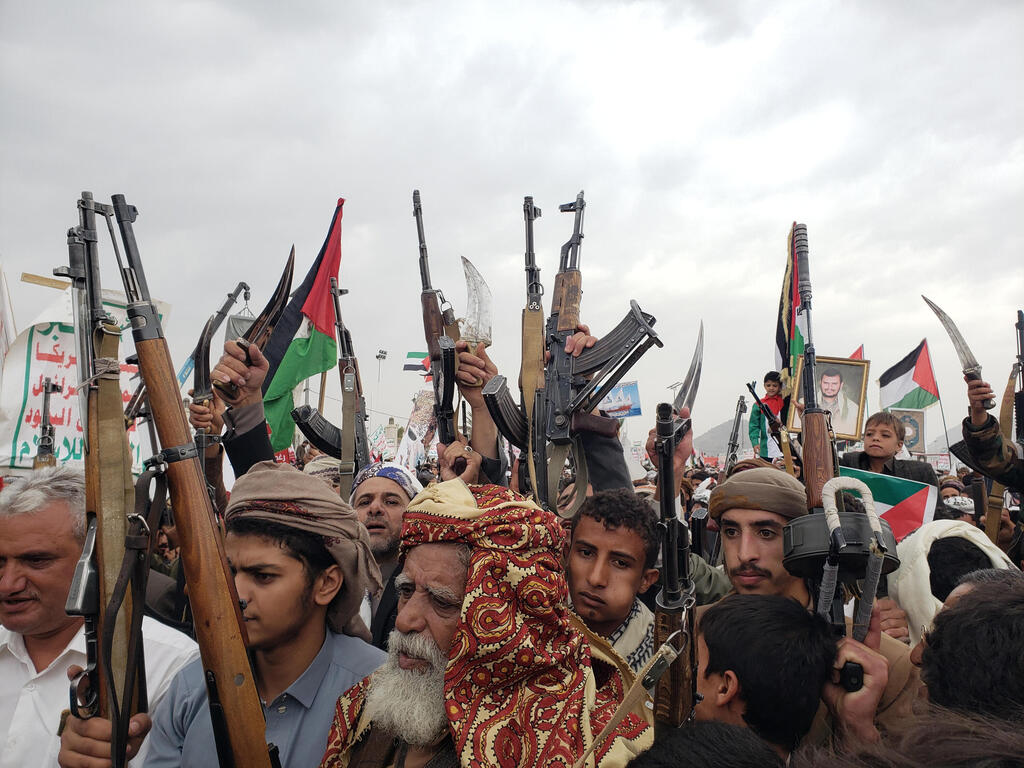Getting your Trinity Audio player ready...
Israel considers military action on Yemeni soil following the deadly drone strike on Friday which left one dead and several injured in Tel Aviv. Footage shows the impact of the Houthi's Simad-3 drone sent by the Houthis and designed by Iran. Security officials estimate the target of the drone strike was the American Embassy building in Tel Aviv. The drone entered Israel from the west and killed Yevgeny Perder, 50, from Tel Aviv.
The drone came from the sea at a low altitude, directly hitting a building in Tel Aviv. Following the drone's lethal impact, Prime Minister Benjamin Netanyahu held a security assessment by phone. The possibility of Israeli military action in Yemen is being considered for the first time since the war began.
Footage of drone entering Israel from the sea
Israeli officials told Ynet that "Israel will respond to the Houthi drone strike. The option of an attack on Yemeni soil is on the table and we cannot rule out a response in Yemen." The assessment in Israel is that the target of the attack was the U.S. Embassy. "It is being investigated, but it seems that it was not by chance. It was probably their target," they added. An Israeli source told the Saudi network "Al-Hadath": "We will investigate Iran's involvement in launching the drone."
The U.S. Ambassador in Israel Jack Lew tweeted "Shocked by the brazen Houthi drone attack in Tel Aviv this morning. We offer our condolences to the family members of the individual who passed away. We are thankful our U.S. Embassy Branch Office personnel are all safe."
The Samid-3 is a suicide drone, which according to Arab world media can fly long distances up to 1,700 km. According to reports in the Arab world, the Houthis first used it in 2018. In the past, the Houthis announced that they attacked the Saudi national Abha Airport with the drone, as well as in Abu Dhabi in 2022.
The "Alma Research & Education Center" think tank claims the drone is Iranian made and it is likely the KAS-4 or a version of it. It can carry about 40 kg of explosives. Assuming it was launched from Yemen which is more than 2,000 km away, it can be inferred that the payload was reduced to increase fuel capacity, or other enhancements were made to increase its flight range.
In 2019, the Houthi military spokesman Yahya Saree said the drone is equipped with "advanced technology," which makes it difficult for radar systems to identify it, but the "New York Times" previously described the Samid-3 as not expensive, small, slow, and bulky. According to the Houthis, the drone's length is 3 meters long, its wingspan is 5 meters, and it can carry a relatively heavy but undisclosed payload.
According to Western research institutes, only Hezbollah has more drones than the Houthis among Iran's proxy forces. The first revealed Houthi drones in 2017 were the Raqib, Rasad, and Hudhud-1, all small and light aircrafts, designed for reconnaissance missions. The Houthis announced Qasef-1, the first attack drone they used a year later. Later on they announced a similar attack drone, the Qasef-2.
In September 2019, a new model of drones named Simad was revealed: Simad-1 for reconnaissance operations, Simad-2 for medium-range attacks, and Simad-3, the model that hit Tel Aviv, and is intended for "qualitative strikes". In addition, the Houthi arsenal also includes the Simad-4 drone, which is capable of flying a distance of 2,000 km and carries air-to-surface missiles, capable of attacking fortified ground sites.
At the beginning of the war, Israel was debating whether to respond to the Houthis. There were those who thought a price should be paid for the sake of deterrence, but it was ultimately decided to leave it to the Americans and British, as part of the coalition against the Houthi aggression. At the same time, public criticism said that Israel's failure to respond would lead to more attacks. When the Houthi strikes began targeting Eilat and Israeli assets, there were proposals to attack Houthi strongholds and assets, such as their ports.
Former Foreign Ministry Director General Ronen Levi, said, "The root problem is Iran and that is where we should focus. The time has come for the world and Israel to charge a price for its proxy activities and the distribution of drones. The Houthis also have assets, and we need to start taking them away. We need to change Israel's political and military concept. Anyone who harms us, must pay a price. These are the rules of the Middle East."








